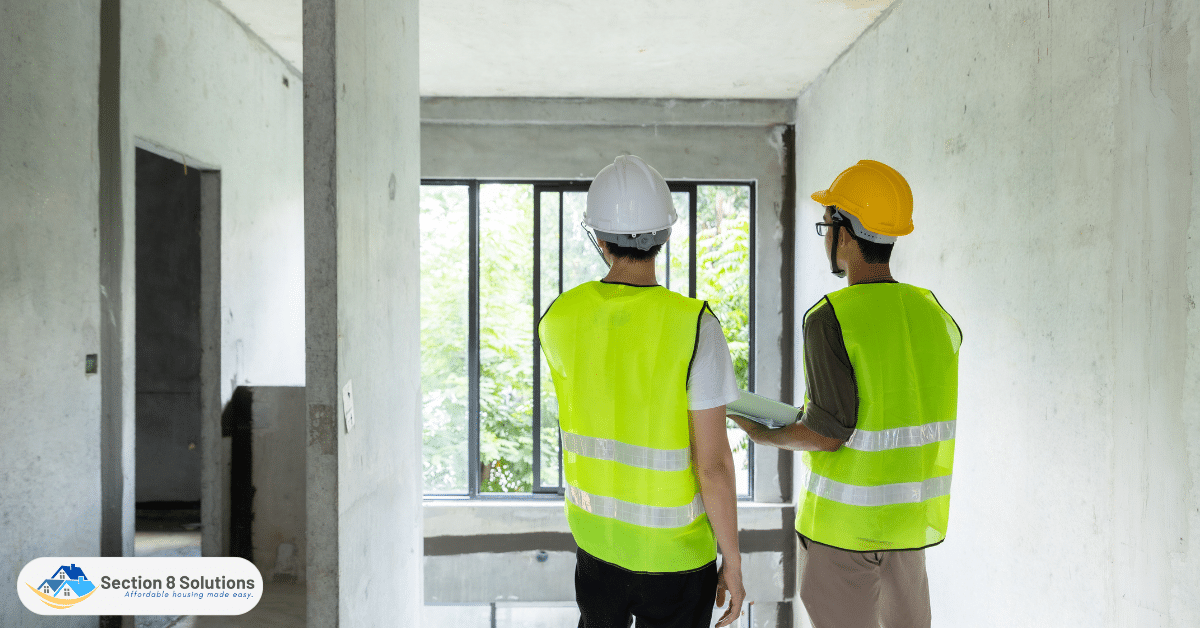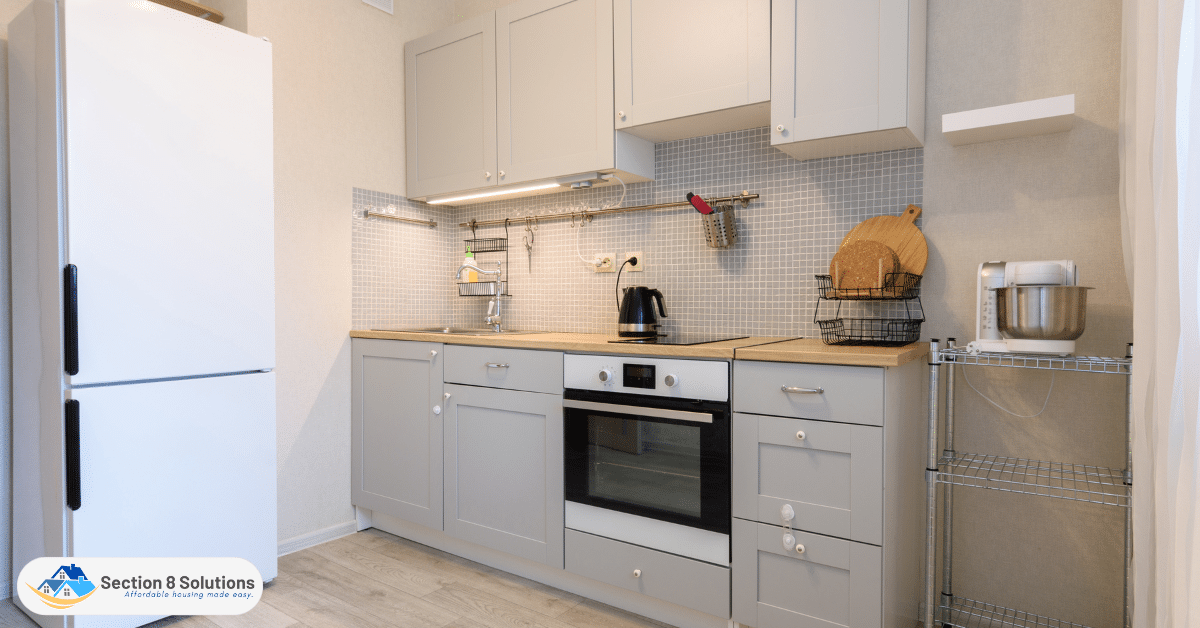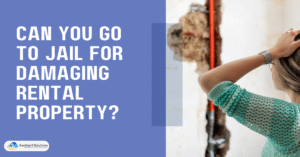Section 8 landlords in North Carolina shoulder key responsibilities. They must ensure their rental property meets HUD’s housing quality standards, offering safe and habitable living conditions. Additionally, landlords must adhere to fair housing laws and regulations while providing suitable accommodations to Section 8 tenants.
This informative guide outlines the key duties that Section 8 landlords must adhere to, ensuring compliance with regulations and maintaining quality housing for tenants.

1. Meeting Housing Quality Standards (HQS)
Section 8 landlords in North Carolina shoulder the critical responsibility of ensuring that their properties align with the stringent Housing Quality Standards (HQS) established by the Housing and Urban Development (HUD). These standards encompass a wide spectrum of factors that contribute to the overall livability, safety, and comfort of the rental unit. Landlords are entrusted with the duty of maintaining the property in a condition that not only meets but exceeds these standards, fostering an environment that is not only secure but also conducive to the well-being of their tenants.
The Housing Quality Standards encompass a comprehensive array of aspects, including structural integrity, electrical and plumbing systems, heating, and ventilation, the presence of lead-based paint hazards, proper sanitation facilities, and accessibility features for disabled individuals. By complying with these standards, landlords ensure that their properties provide a safe haven for tenants, shielding them from potential health hazards and maintaining a high standard of living.

2. Rent Reasonableness
Determining an appropriate rent amount for Section 8 properties requires a judicious balance between fairness for both landlords and tenants. Landlords must take into account various factors when setting the rent, including the local rental market conditions, the property’s amenities, its current state of repair, and prevailing rental rates for comparable units in the vicinity. This practice not only ensures that tenants have access to affordable housing but also fosters fairness in the landlord-tenant relationship.
It’s important for landlords to ensure that the rent for their Section 8 properties is in alignment with the rates charged for non-Section 8 properties of similar size, quality, and location. This approach guarantees that the Section 8 program achieves its objective of providing low-income individuals and families with access to quality housing options without placing an undue burden on landlords.
3. Maintaining Property Conditions
The upkeep of the rental property is a core responsibility of Section 8 landlords. Beyond mere aesthetics, this entails promptly addressing maintenance and repair requests from Section 8 tenants. Regular maintenance not only enhances tenant satisfaction but also aligns with the program’s mandate of providing habitable living conditions. From addressing leaky faucets and malfunctioning appliances to ensuring structural soundness, landlords play a pivotal role in preserving the property’s quality.
Maintaining plumbing systems, electrical components, and heating systems, and ensuring proper ventilation are essential aspects of this responsibility. By promptly addressing maintenance concerns, landlords contribute to the creation of a living environment that promotes tenant comfort, health, and overall well-being.

4. Non-Discrimination and Fair Housing
In accordance with the Fair Housing Act, Section 8 landlords are legally bound to uphold the principles of non-discrimination. This means that landlords must not base their decisions on factors such as race, color, religion, sex, national origin, disability, or familial status. Treating all applicants and tenants fairly and equitably is paramount throughout the application process, lease agreement, and tenant interaction.
Landlords must ensure that their tenant selection process is devoid of any discriminatory biases. Every prospective tenant, whether applying under the Section 8 program or not, should be evaluated based on uniform criteria such as rental history, creditworthiness, and references. Upholding these principles not only promotes a just housing environment but also upholds the fundamental rights of individuals seeking suitable accommodation.
5. Tenant Screening and Selection
Landlords retain the right to screen potential tenants, but this process should be carried out without prejudice. When evaluating Section 8 applicants, landlords must apply the same criteria used for non-Section 8 applicants. This involves assessing factors such as rental history, creditworthiness, and references to ensure that tenants are responsible and capable of fulfilling their lease obligations.
Applying consistent criteria ensures transparency and equality in the tenant selection process. It prevents discriminatory practices while enabling landlords to make informed decisions based on the applicant’s ability to meet their rental obligations.

6. Timely Certification and Inspections
Section 8 properties are subject to periodic inspections to verify compliance with the Housing Quality Standards. Landlords must work in conjunction with local housing authorities to schedule these inspections and rectify any identified issues promptly. This process ensures that the property maintains a standard of quality that aligns with the program’s objectives.
In addition to inspections, landlords are also responsible for timely certification paperwork submission. This paperwork attests to the property’s compliance with the standards and should be submitted within specified timeframes. Proactive engagement in these processes ensures that the property consistently meets the program’s expectations.

7. Understanding Lease Agreements
Lease agreements for Section 8 properties bear similarities to traditional leases but may incorporate specific clauses related to the Section 8 program. Landlords should thoroughly understand these clauses to accurately reflect the responsibilities of both parties. These clauses may include details about the payment of the tenant’s portion of the rent, the landlord’s responsibilities in terms of maintenance and repairs, and the procedures for handling potential lease violations.
By comprehending and accurately incorporating these clauses, landlords contribute to the development of clear, transparent lease agreements that effectively outline the expectations of both tenants and landlords. This ensures a harmonious landlord-tenant relationship that is built on mutual understanding.
8. Communication and Documentation
Effective communication between Section 8 landlords and tenants is paramount for fostering a positive and successful tenancy. Establishing clear communication channels for addressing concerns, inquiries, and maintenance requests is essential. By promptly addressing tenant communications, landlords contribute to tenant satisfaction and the overall quality of the rental experience.
Meticulous documentation of all communications, transactions, and interactions is equally vital. This documentation serves as crucial evidence in case of disputes, ensuring a transparent and accountable approach to managing the landlord-tenant relationship. Documentation related to maintenance requests, repairs, lease agreements, and other pertinent matters provides a comprehensive record that aids in resolving conflicts and clarifying any potential misunderstandings.

Conclusion
Becoming a Section 8 landlord in North Carolina comes with a set of responsibilities aimed at maintaining quality housing for low-income individuals and families. Adhering to housing standards, treating tenants fairly, and ensuring clear communication can lead to a successful and mutually beneficial landlord-tenant relationship within the Section 8 program. By understanding and fulfilling these responsibilities, landlords contribute to the overall success of the program while providing safe and affordable housing options to those in need.












